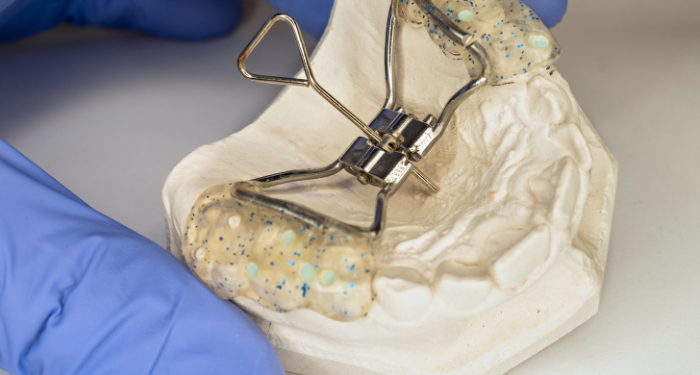
If you suspect your infant or child has tongue, lip, or buccal ties, we don’t recommend the pediatrician be your diagnosing practitioner.
What? WHY NOT??
Most pediatricians do not perform a functional assessment of tongue, lip, and buccal ties. They may take a look at the structure, but that’s it!
What does it mean if they look at structure? Most likely, they are checking to see if the frenulum is attached at the tip of the tongue. This is problematic for many reasons. A frenulum can attach at any point on the tongue, anteriorly or posteriorly, and still be a tongue tie. It can also attach in these positions and NOT be a true tongue tie.
What we mean by that is we must not only look at the structure, the way the ties look in the mouth but also assess the function of the tongue, lips, cheeks and it’s relationship with surrounding orofacial structures. We look at how this impacts feeding, communication, breathing, oral rest posture, sleep and so much more!
Pediatricians are not trained to complete a functional oral motor assessment.
In order to receive a functional oral motor assessment that looks at not only structure but also function, you should seek out a Speech Therapist or Occupational Therapist who is trained in feeding, tongue ties, and myofunctional therapy. The combination will ensure they have had the proper education to assess how the tongue, lip, and cheeks are functioning, and if the structure also confirms or denies the presence of tongue, lip, or buccal ties.
If you suspect a tongue, lip, or buccal ties – seek an expert! Do not settle for less.
Find an SLP or OT who can help you here: https://www.pediatricfeedingtherapist.com


